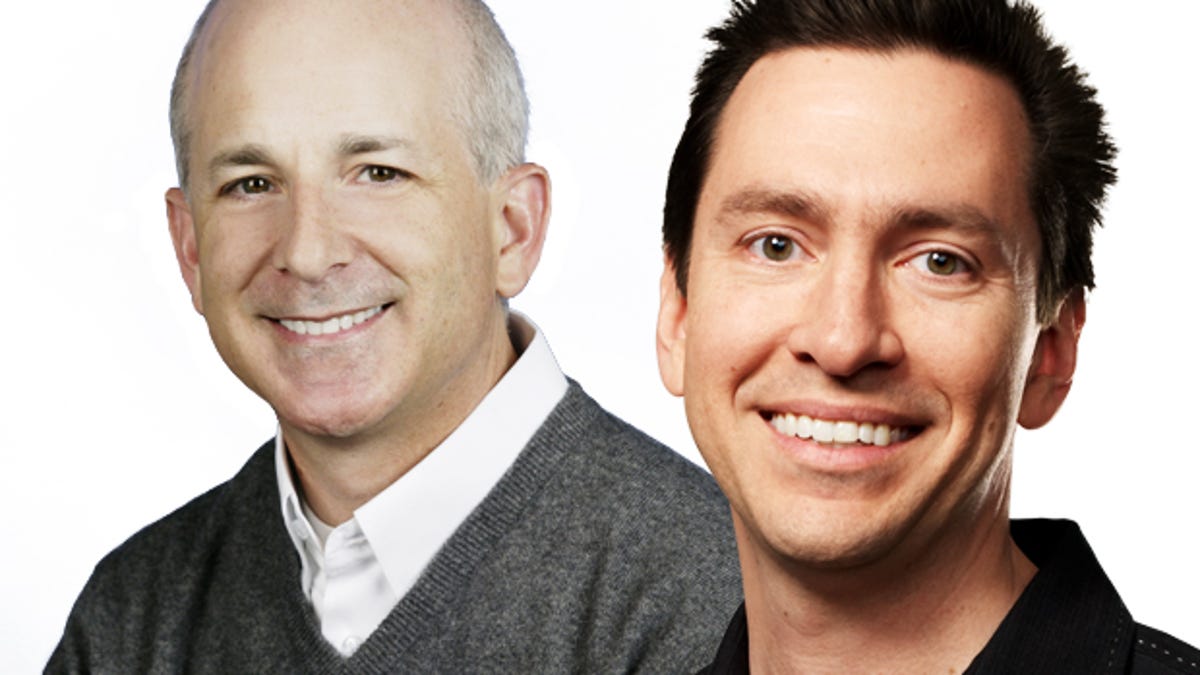Microsoft, Apple, and the demise of the take-no-prisoners exec
<b>commentary</b> Windows chief Steven Sinofksy and iOS software chief Scott Forstall are being replaced by more collaborative executives. But don't discount the contributions of the hard case.

Microsoft's Steven Sinofsky and Apple's Scott Forstall may forever be associated with one another in business school case studies on what happens to effective product leaders who can't play nice with the other kids.
Sinofsky, who ran the Windows division with the single-mindedness of General Patton racing through the French countryside, last night abruptly announced that he was leaving Microsoft. It's too soon to say whether the company's recent Windows 8 launch is a success or disappointment, but as our Jay Greene wrote last night, you shouldn't be terribly surprised. Sinofsky battled with other executives, perhaps even CEO Steve Ballmer, and had a reputation for putting the interests of his product group ahead of the rest of the company. That's the kind of reputation that can put an expiration date on your employment.
"Collaboration" is a word you'll hear a lot in postmortems to Sinofsky's two-decade career at Microsoft. And by many accounts, he wasn't very good at it. (Read Jay's profile of Sinofsky from last month.) Likewise, at Apple, iOS software chief Scott Forstall had a reputation for getting things done...and for being reluctant to work with other product groups. He too is being shown the door.
Why? The easy answer would be they picked fights with their CEOs and lost. Forstall reportedly refused to sign an apology note for the Apple maps screw-up. And Sinofsky? We don't know the details yet, but it's a good bet that his history of feuds didn't end outside Ballmer's office.
Then there's the more difficult answer: There is always a tension between tough, get-it-done-at-any-cost types and team builders. Or, as a friend who has spent a few decades as an engineer at big tech companies put it, the "obnoxious visionary" versus the "cult of team." The obnoxious visionary can be both the engine that drives the company and the bane of everyone who works there. At some point, the justifications for putting up with the turmoil are overwhelmed. But -- and here's a big "but" -- we all know the risks of group-think mediocrity that comes with emphasizing teamwork over original thinking.
So what's the right bet? Maybe a better way of asking that is "What's the right bet right now?" For Apple and Microsoft, the guys in the corner office clearly think collaboration is now their first priority. They were willing to put up with the caustic personalities when they needed them (particularly to get Windows out the door), but now they're counting on team builders. In an e-mail to employees, Ballmer said Julie Larson-Green, who will run Windows engineering, has a "proven ability to effectively collaborate and drive a cross company agenda will serve us well as she takes on this new leadership role."
The first sentence of Apple's press release announcing Forstall's departure couldn't have been more clear: "Apple today announced executive management changes that will encourage even more collaboration between the Company's world-class hardware, software and services teams."
Sinofsky and Forstall may have not been the nicest guys in their roles, but they certainly had their loyalists. Why? They're the personalities companies need to stir things up, and keep people believing they need to produce to stay employed. Some people thrive in that environment. Others find it toxic. It's up to the CEO to keep them in line. As Dare Obasanjo, a longtime Microsoft developer, wrote on his blog:
Steven was a leader who understood how to leverage the strengths of an organization to build world class products while protecting the organizations from its inherent self defeating nature. As the saying goes a group is its own worst enemy.
Apple and Microsoft are now celebrating collaborative types, and I'm all for it. But I hope both companies remember they need to balance the collaborators and the ass-kickers to thrive.

